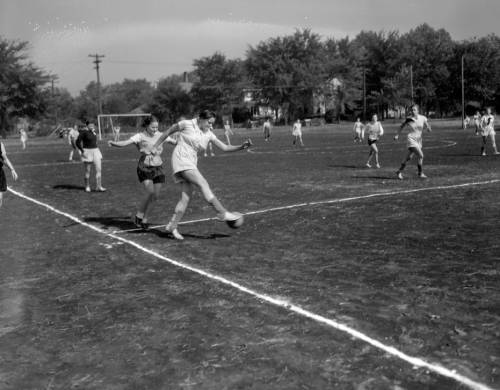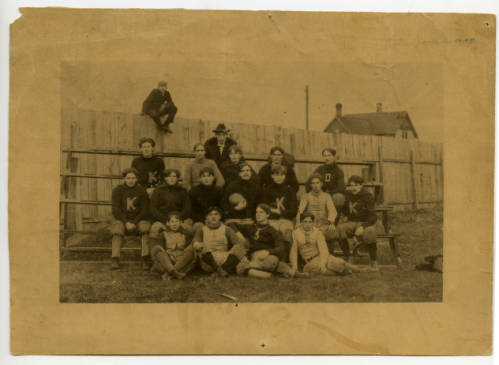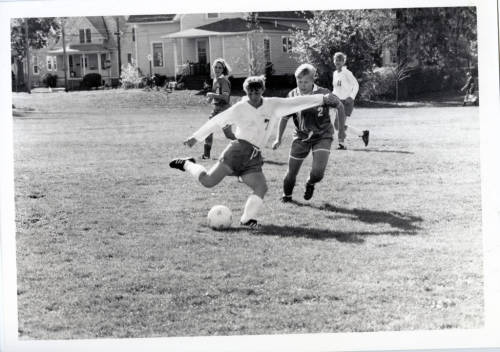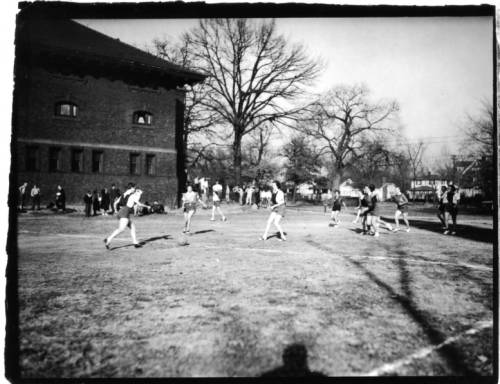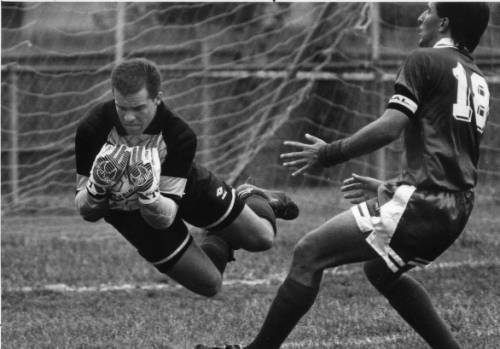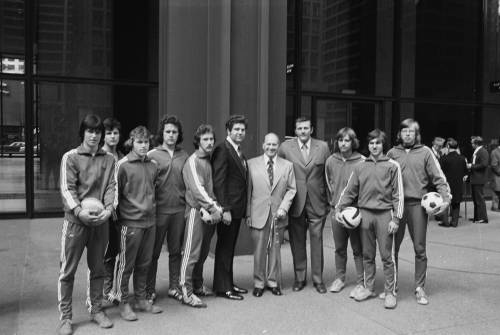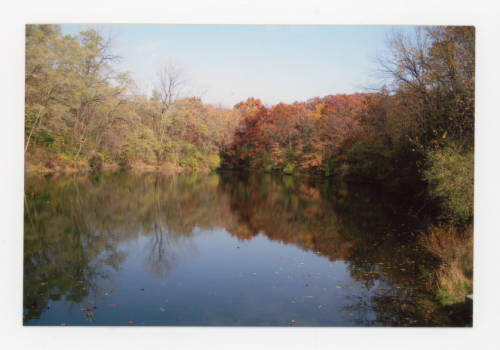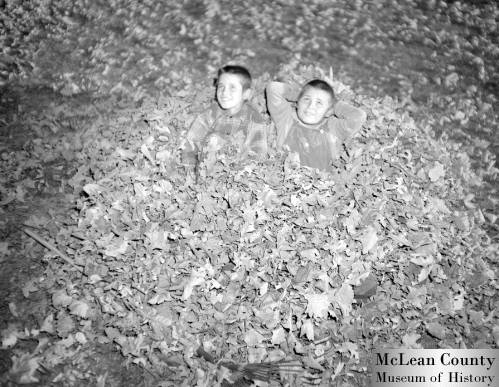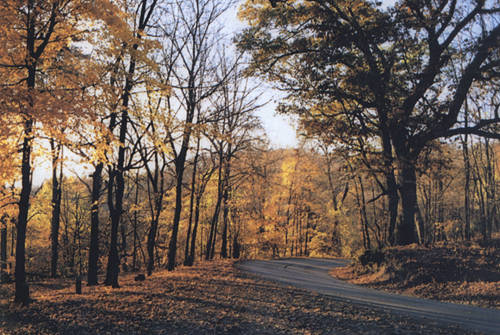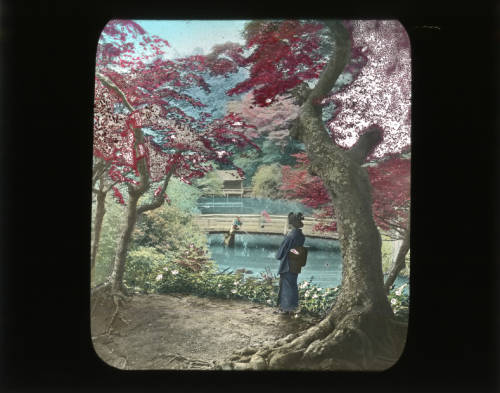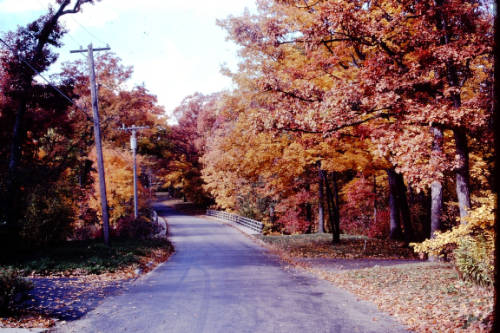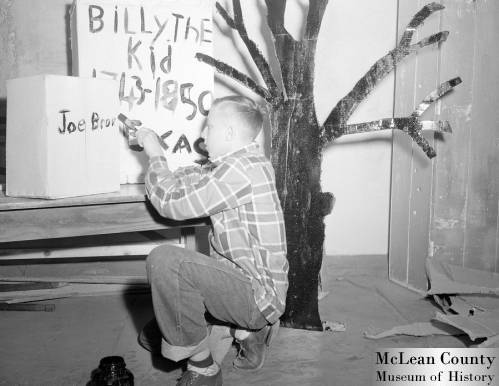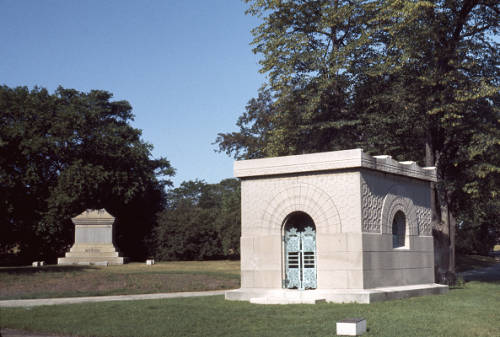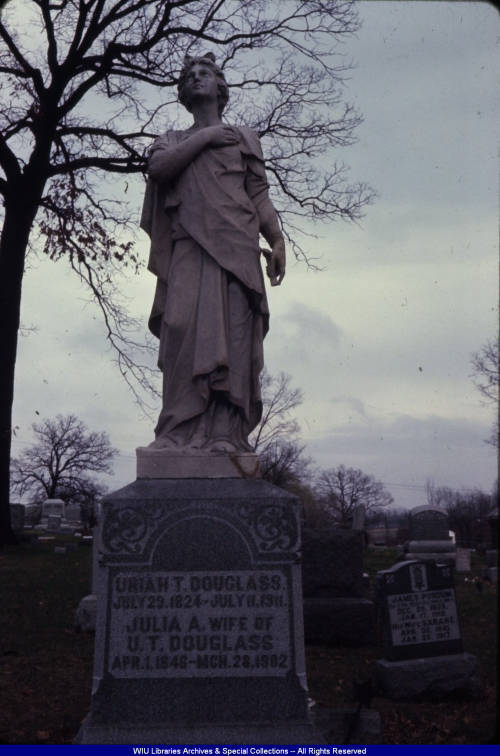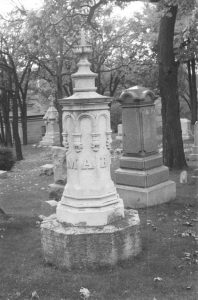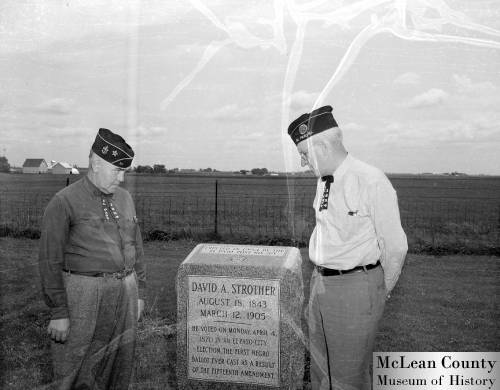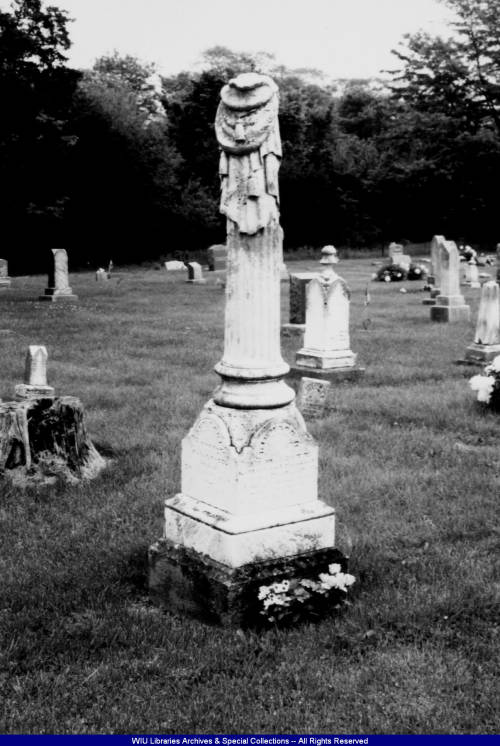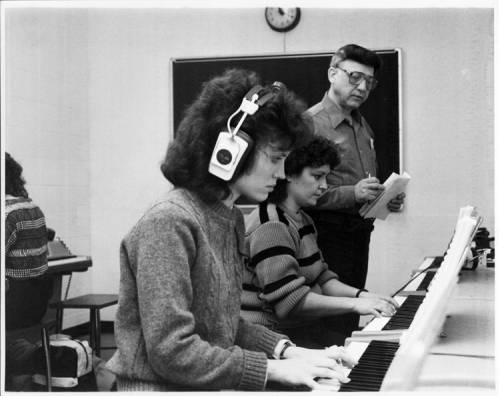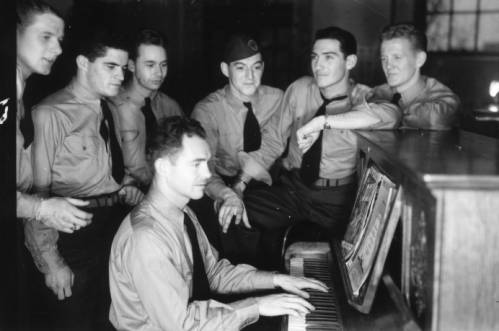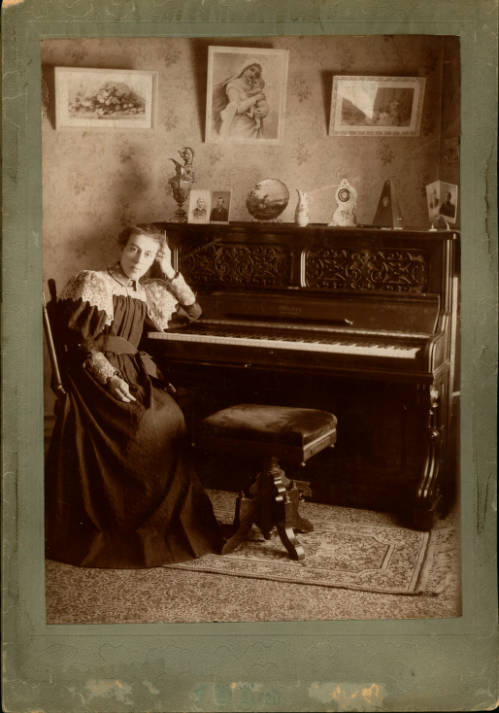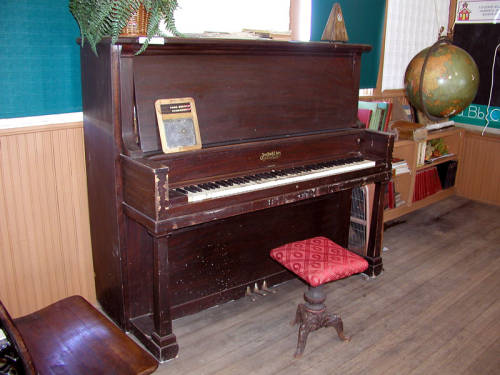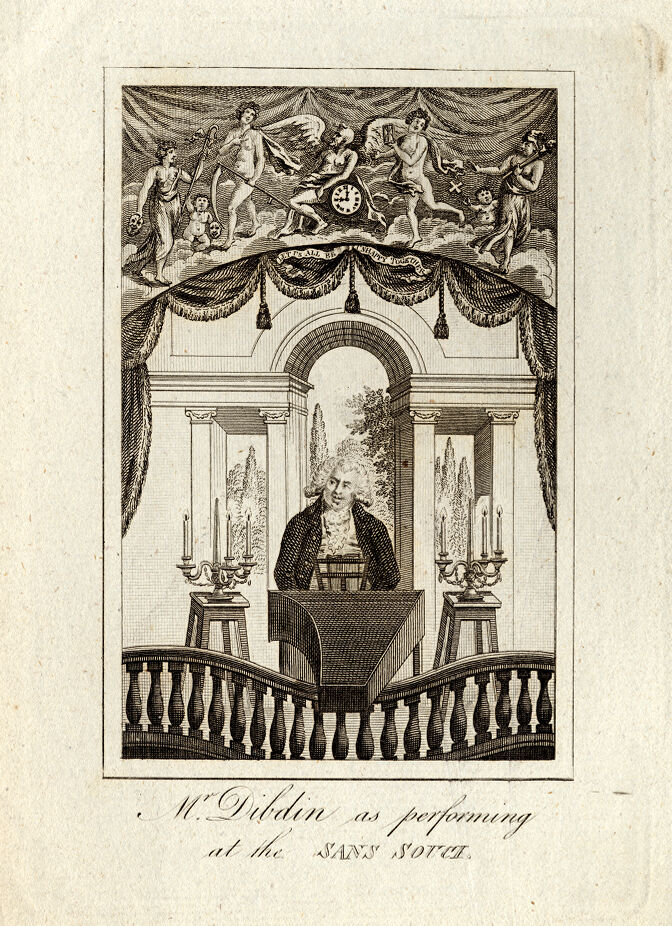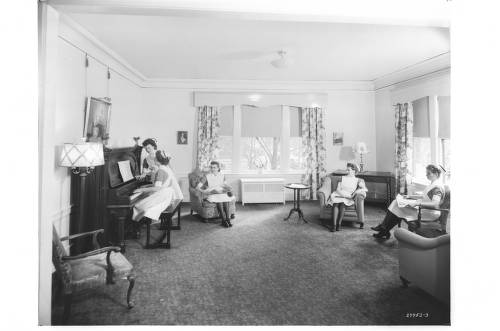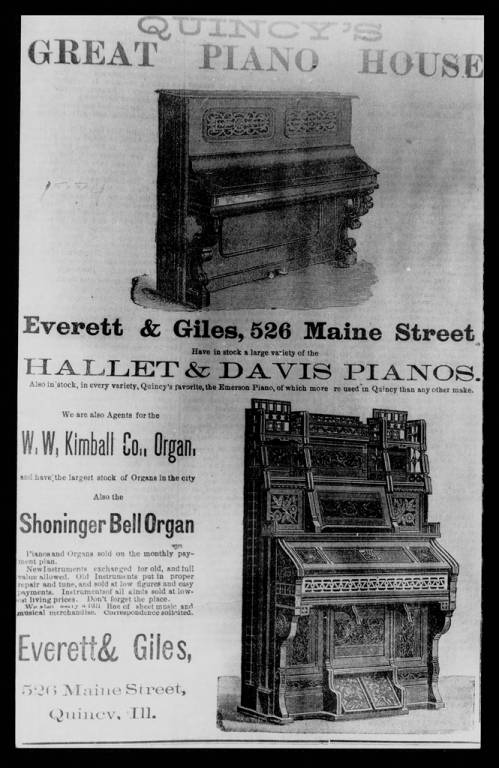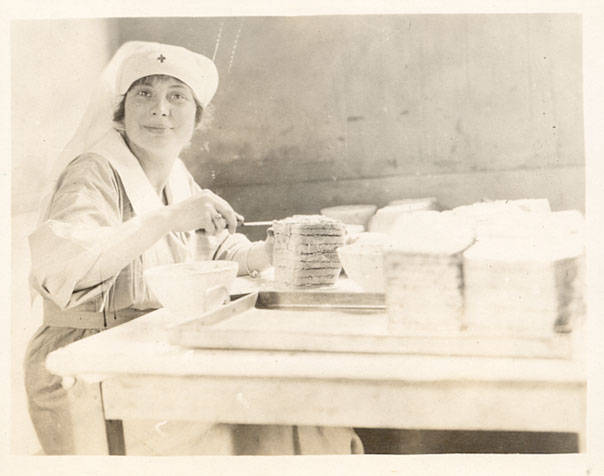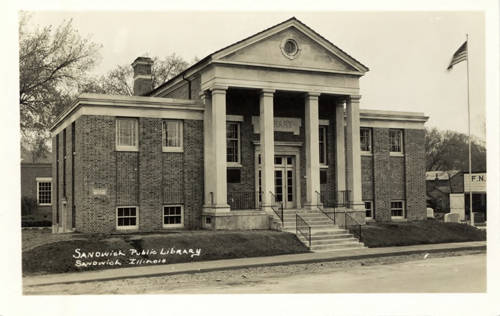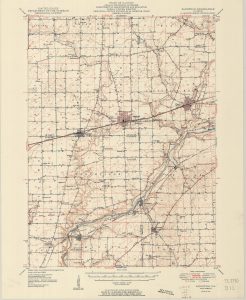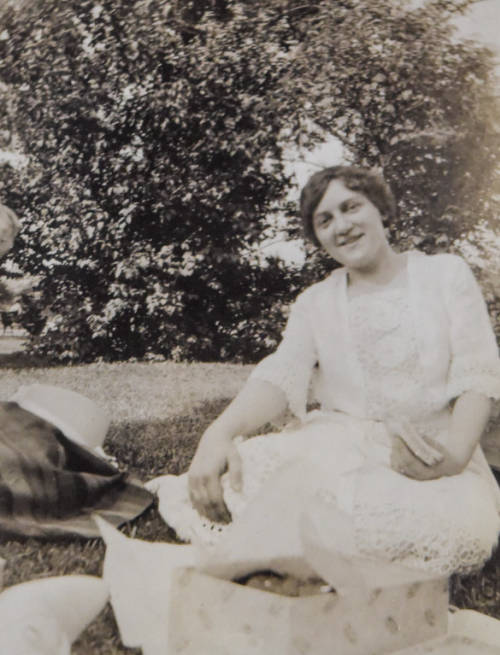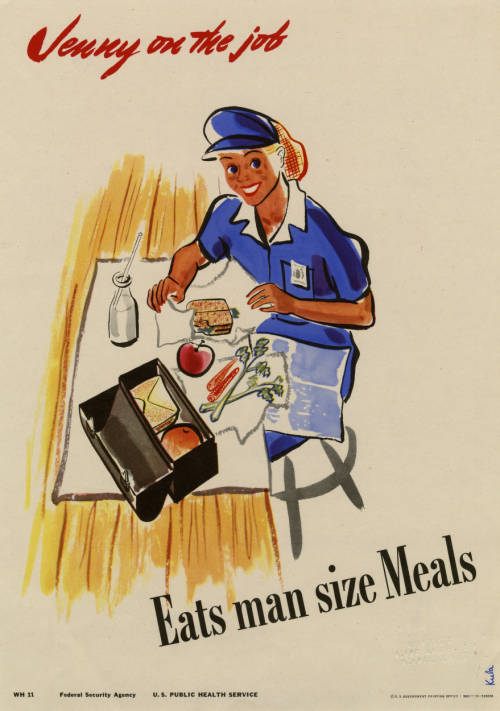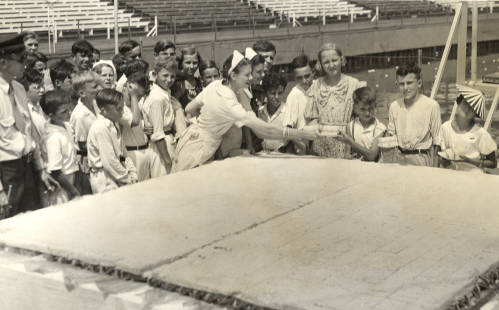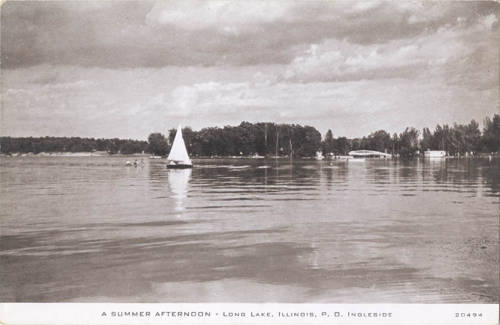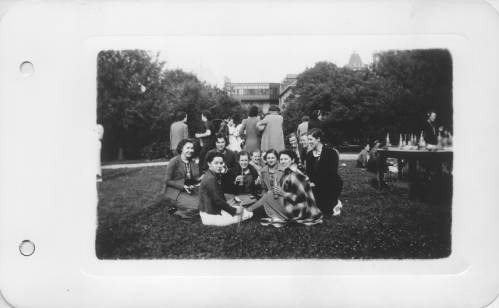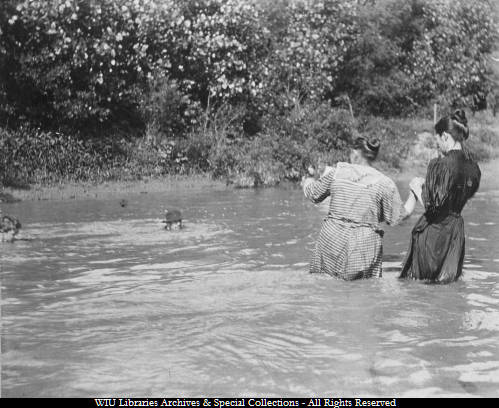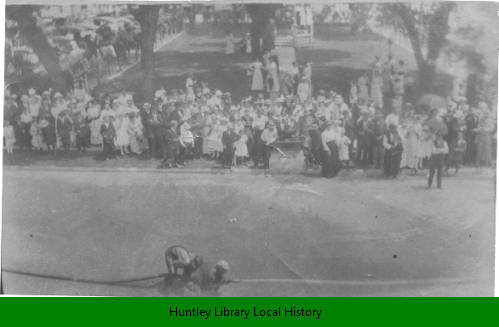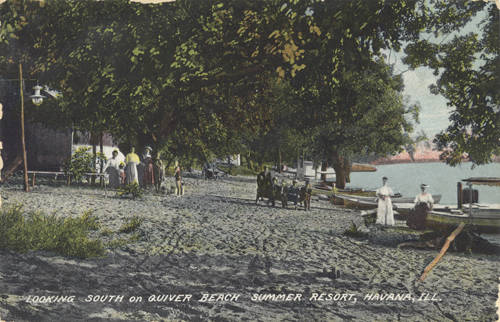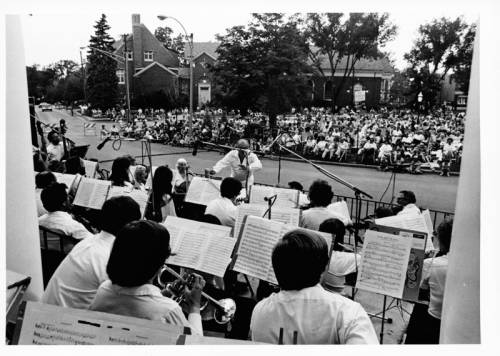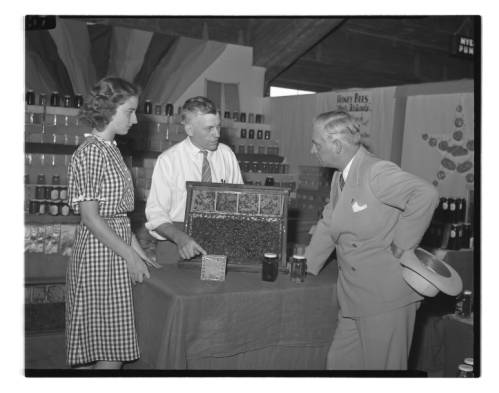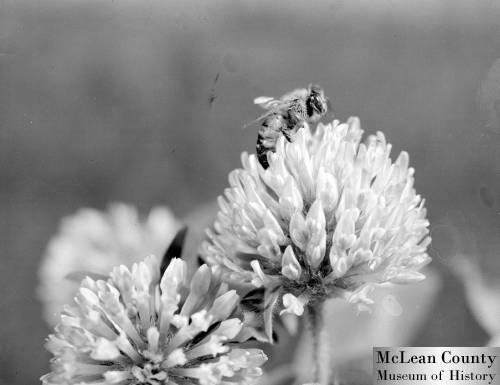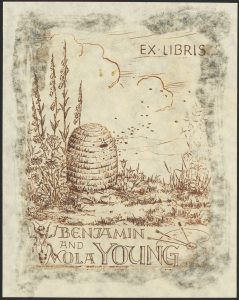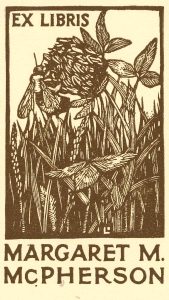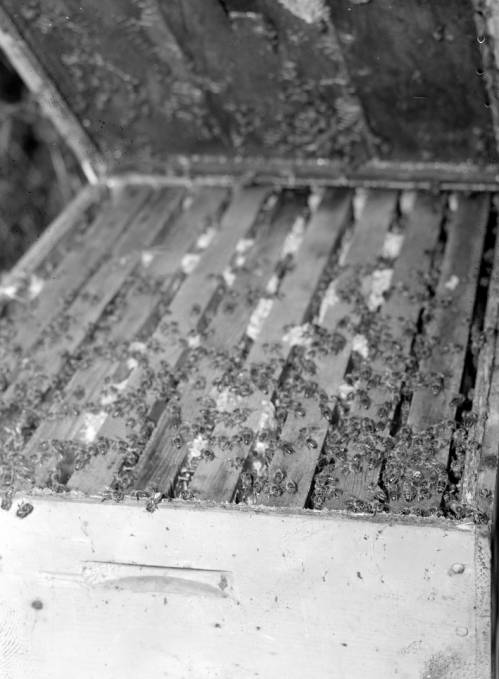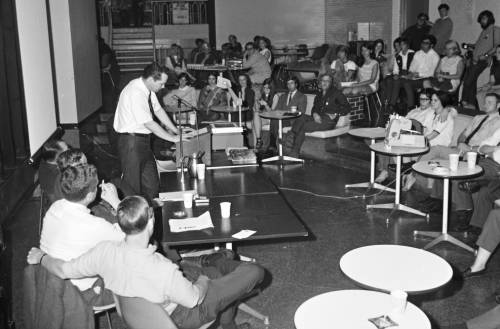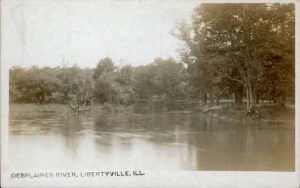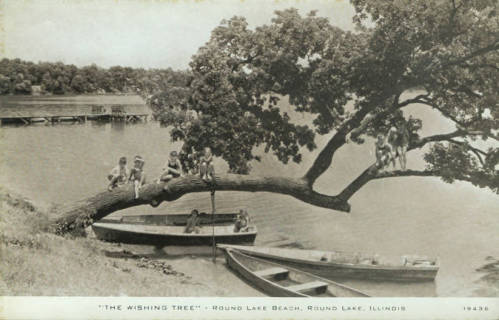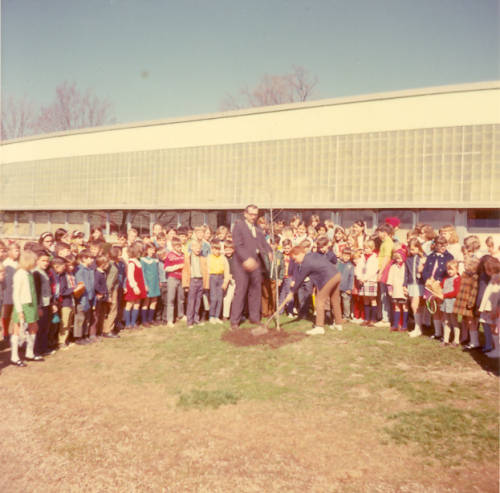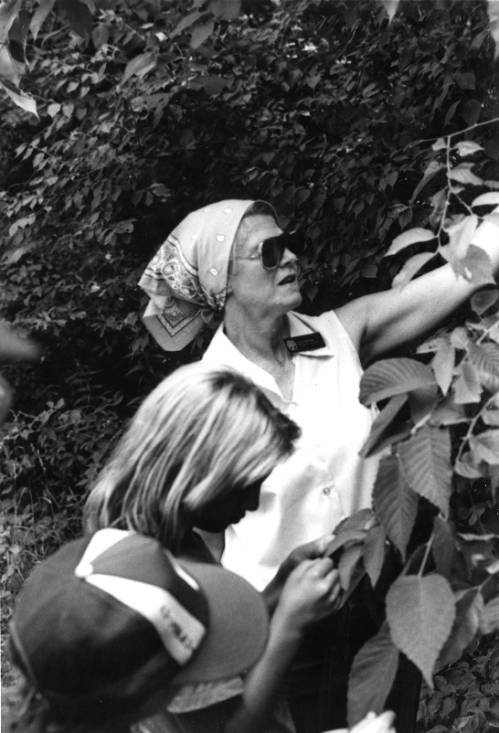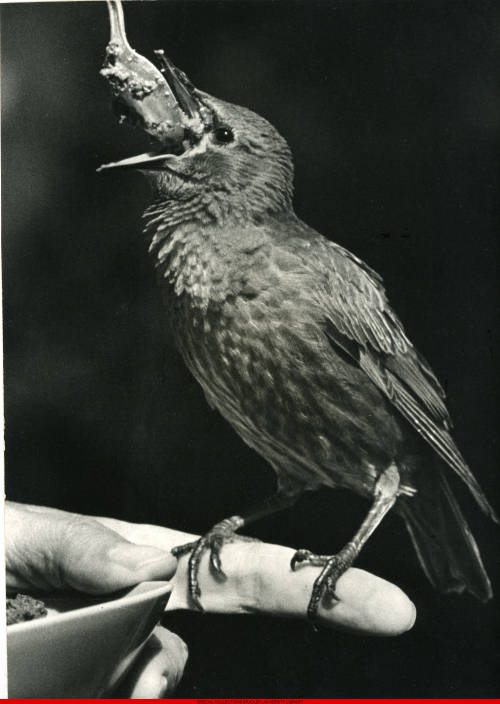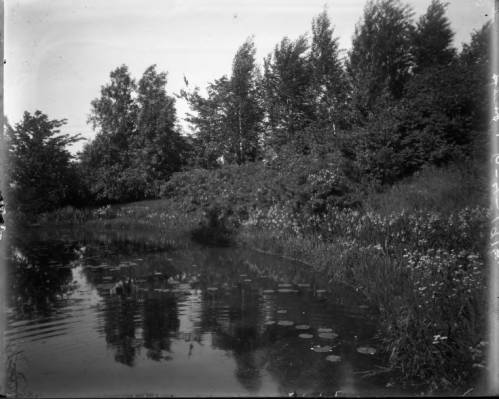The IDHH contains some content that may be harmful or difficult to view. Our cultural heritage partners collect materials from history, as well as artifacts from many cultures and time periods, to preserve and make available the historical record. Please view the Digital Public Library of America’s (DPLA) Statement on Potentially Harmful Content for further information.
In recognition of Women’s History Month, the IDHH would like to highlight several collections from our contributors and curated searches of IDHH items that tell different stories about the history of women in Illinois:
-
- Jane Addams: explore photographs and documents related to Jane Addams, social reformer, and settlement and women’s suffrage activist, who co-founded Chicago-settlement Hull House in 1889 and was awarded the Nobel Peace Prize in 1931.
- Gwendolyn Brooks: explore photographs related to Gwendolyn Brooks, Poet Laureate of Illinois and the first African American poet to win the Pulitzer Prize.
- The Creative Woman (Governors State University): a collection containing issues of GSU’s quarterly feminist journal The Creative Woman, which featured articles, essays, and creative writings on the lives and experiences of women.
- The Woman’s Study Club of Joliet (Lewis University): a collection containing documents and records of the Women’s Study Club of Joliet, a club with the goal of educating women members which grew from the Columbian Clubs and The Woman’s Building organized by Bertha Palmer for the 1893 Chicago World’s Columbian Exposition.
You can also visit the IDHH’s Digital Exhibits to learn about the life and career of two turn-of-the-twentieth-century Illinois women: Rachel Crothers, a playwright from Bloomington, Illinois, and Fanny Butcher, Literary Editor at the Chicago Tribune.
You can also view the IDHH’s previous posts with topics related to Women’s History Month:
-
- The Enduring Legacy of Jane Addams – Women’s History Month (2022)
- Voices from History: Dorothy Vann Collection of Oral Histories (2021)
- Modeling the Settlement House: 132 Years of Chicago’s Hull House (2021)
- Celebrate Women’s Fight for the Vote with Hazle Buck Ewing (2021)
- 100 Years of the 19th Amendment (2020)
- Women’s History Month: Mary Salome Ott Brand (2020)
- Mother Jones at Mount Olive (2019)
